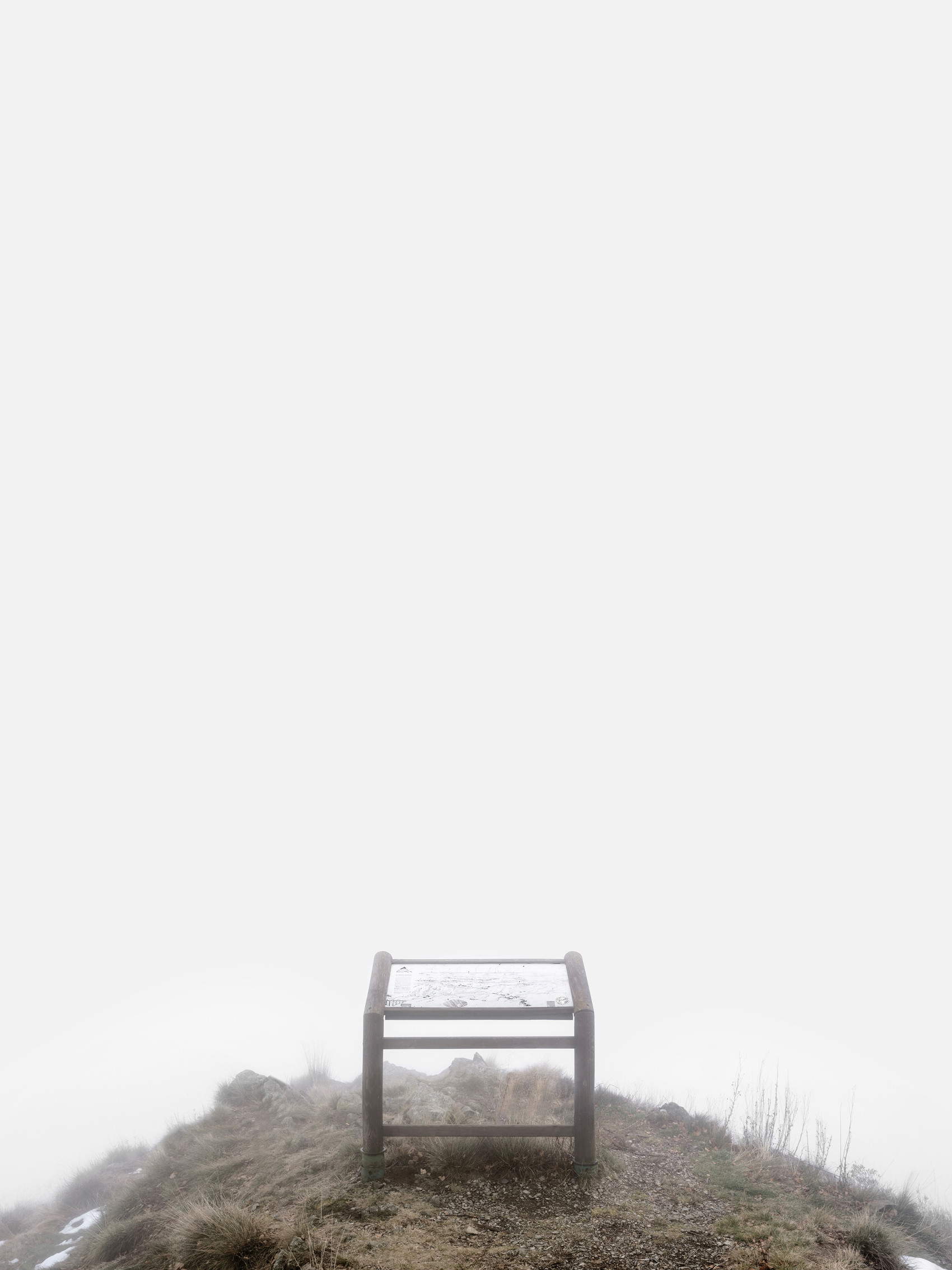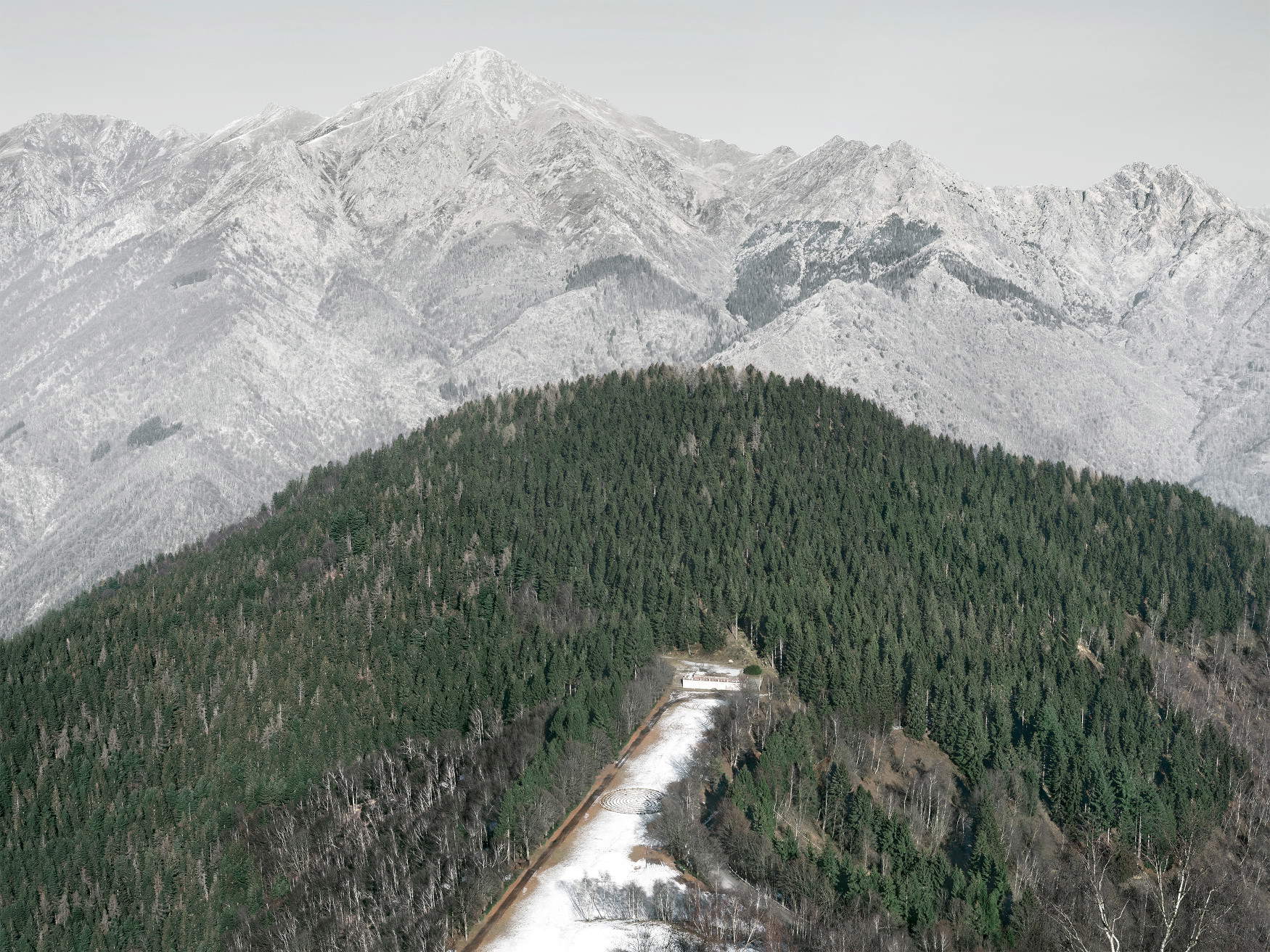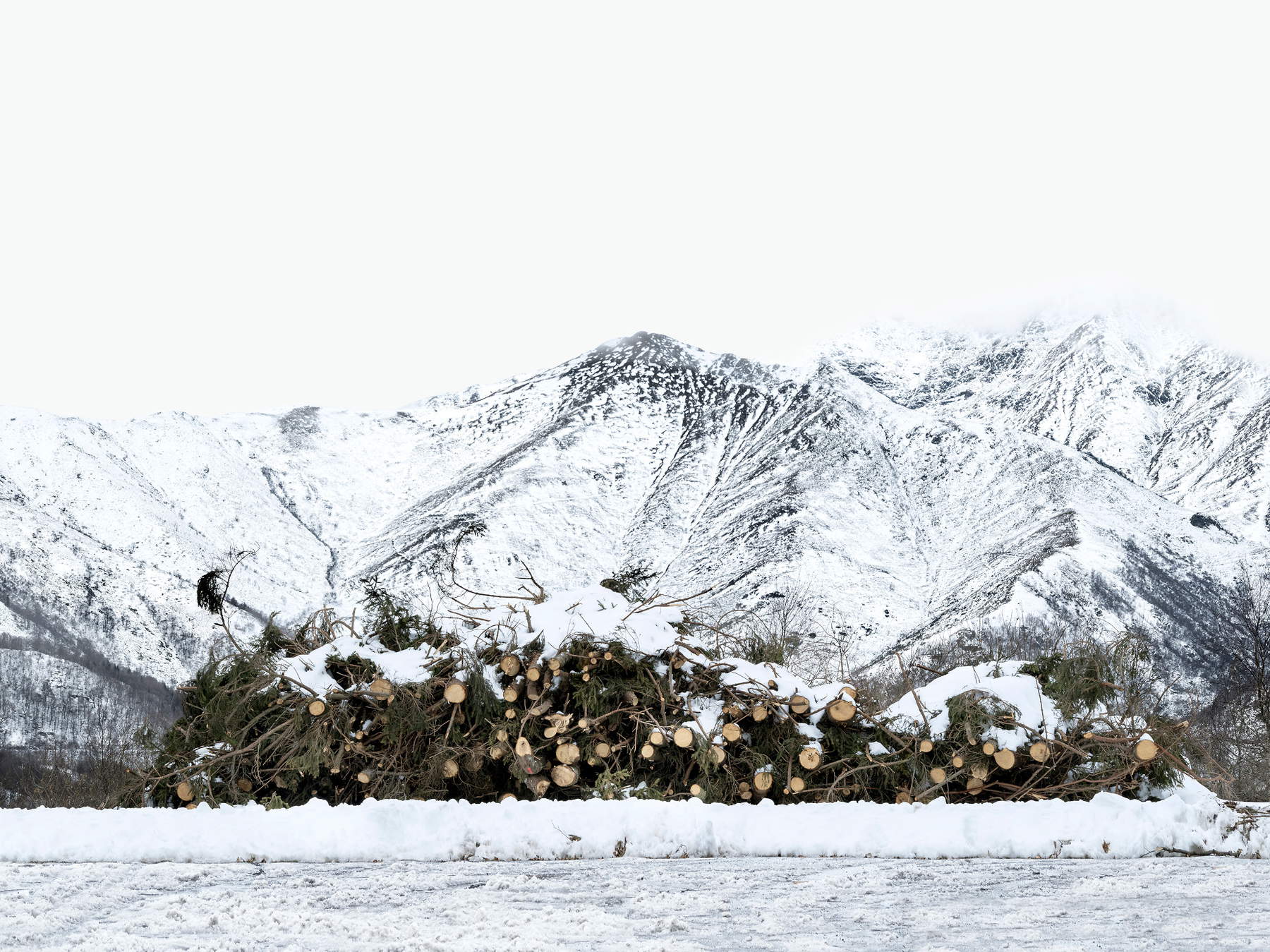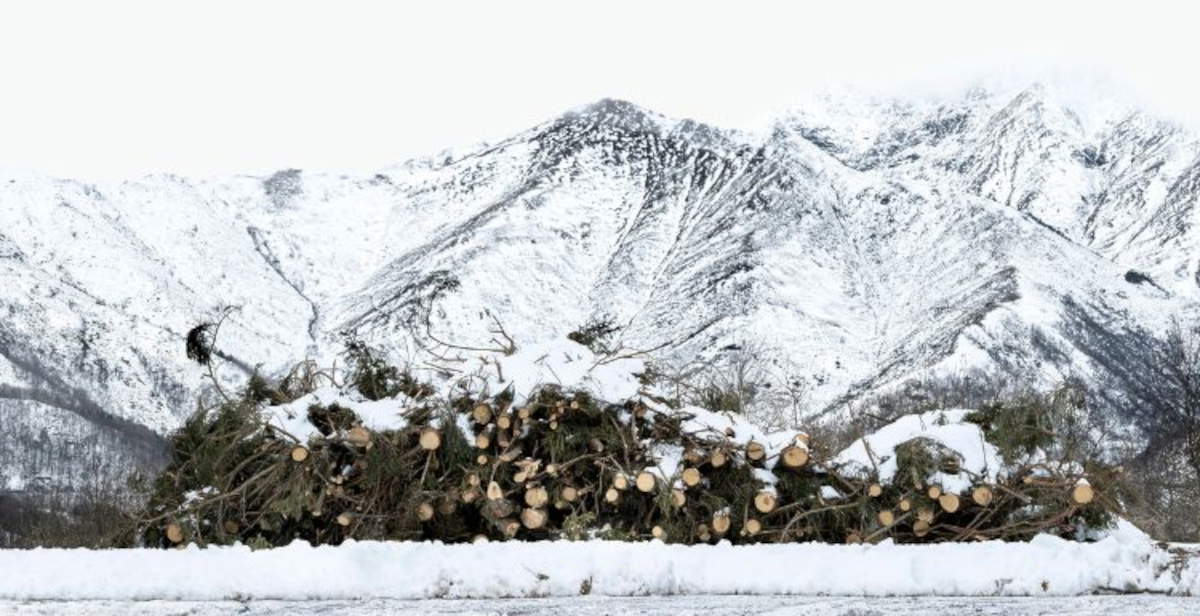Fondazione Zegna opens the 2025 exhibition season with a new site-specific photographic project signed by Francesco Jodice (Naples, 1967), in collaboration with Sara Gentile and curated by Ilaria Bonacossa. Tales of Woods, Factories and People will be on view from May 17 to Nov. 16 in the spaces of Casa Zegna in Trivero Valdilana, in the province of Biella, with a press preview scheduled for Thursday, May 15. The initiative is part of the calendar of events organized to celebrate the 25th anniversary of the Foundation, which has always stood at the intersection of art, nature and social responsibility. The project was born as a reflection on the historical and environmental identity of Oasi Zegna, a mountain territory surrounding the Lanificio Ermenegildo Zegna, where production activities, landscape care and community life are intertwined.
Jodice’s artistic intervention is translated into a visual narrative in three chapters, each of which explores one of the souls that characterize the area: the factory, the community and nature. The work is part of the line of research pursued by the Foundation since 2020 through a 10-year program of environmental regeneration and artistic commissioning, which has involved artists such as Laura Pugno, Emilio Vavarella, Roberto Coda Zabetta and Rebecca Moccia over the years. Guiding the exhibition is the analytical and at the same time poetic gaze of Francesco Jodice, an author who has been investigating changes in the social landscape for years, with particular attention to urban phenomena and processes of collective participation.

The first series is dedicated to the factory. Here, the gaze turns to the interior of the Zegna Woolen Mill, recounting its daily life and production rhythm. The images restore the relationship between people and their work, between repeated gestures and places charged with memory. Jodice describes this chapter as a plot of the real, in which the apparent fixity of the environments opens up to a space of continuous transformation. The second core of the exhibition focuses on community. Through a series of Class Portraits, Jodice reinterprets end-of-year school photographs, transforming them into a tool for investigating collective memory and generational dynamics.
The faces of the young protagonists become social archives and evidence of a cultural and environmental legacy in the making. The images thus take on an anthropological value, outlining a visual map of the present that is projected into the future. The third and final chapter is devoted to nature. In this section, Jodice photographs Oasi Zegna as a suspended, almost motionless landscape in which human presence dissolves to leave room for the majesty of the environment. The images, now frontal now more distant, depict woods, ridges and clearings with a clarity that renews awe at what appears familiar.

Francesco Jodice’s project is ideally grafted into the groove traced in 2008 by Mimmo Jodice, who in that year was invited to portray the landscapes of the Oasis and the interiors of the Lanificio Ermenegildo Zegna. The long-distance confrontation between the two artists, linked by a familial as well as generational relationship, returns a complex narrative device, which crosses the same territory with different but complementary gazes. In this perspective, artistic commissioning acts as a weaving tool, capable of tying together visions, generations and transformations. The metaphor of the thread, so central to the history of the wool mill, also becomes the image of the exhibition project: a weave that holds together landscape, work and human experience. Parallel to the exhibition, Casa Zegna is offering a series of workshops aimed at students from local schools.
The aim is to actively involve the new generations in a path of reinterpretation and reinterpretation of the territory, through artistic practices and moments of shared reflection. The educational project fits coherently into the cultural program of the Foundation, which for years has been promoting educational initiatives related to landscape, sustainability and local identity. Over the past five years, Oasi Zegna has welcomed several artistic interventions that have addressed the theme of landscape transformation, as part of the multi-year program launched in 2020 with Zegna Forest. The forest renewal plan, conceived as a concrete response to the climate crisis, has included the planting of new forest species, chosen on the basis of their ability to withstand environmental changes.
“The three narratives and the cultural landscapes they describe are intimately intertwined: the plot that emerges is an integral part of the identity of this territory,” explains Francesco Jodice.

Francesco Jodice (Naples, 1967) lives and works in Milan. After graduating in Architecture in 1995, he started his first artistic experiments with photography and video. In 1999 he participated in the founding of the Multiplicity collective. From the very beginning, his research focuses on the interaction between urban landscapes and communities, a central theme in the projects What We Want, The Secret Traces and The Morocco Affair, realized between 1996 and 2004. Later, his gaze broadens toward the investigation of anthropological cultures, analyzed in light of the new phenomena of megapolitism. Works such as Hikikomori, Portraits of Class and the film trilogy Citytellers were born in this context. Starting in 2008, Jodice directs his attention toward geopolitical dynamics and the crisis of the Western system, from which films, installations and photographic projects such as Atlas, American Recordings, Revolutions and West take shape. Understood as civic poetics, his artistic practice is configured as a tool for public activation and participation. This is evidenced by projects such as The Night of the Drive-in. Milan Shoots, Babel and Scenario. In the academic field, he teaches at the Biennium of Visual Arts and Curatorial Studies and the Master in Photography and Visual Design at NABA - New Academy of Fine Arts in Milan.
His works have been presented in major international contexts, including Documenta Kassel, Venice Biennale, São Paulo Biennale, ICP Triennial in New York, Liverpool Biennale and Yinchuan Biennale. He has also exhibited at Castello di Rivoli (Turin), Tate Modern (London) and Museo del Prado (Madrid).
His most representative projects include What We Want, a photographic atlas of landscape transformations as an expression of collective desires; The Secret Traces, an archive of urban stalking; and Citytellers, a trilogy devoted to new forms of urbanism. More recent works, including Atlas, American Recordings, Revolutions and the West, analyze the possible futures of the West. With the support of the Italian Council, in 2022 he concludes West, the result of a 10-year research on the imagery related to American history, its global spread and the causes of the decline of this empire, explored through the analysis of its symbols. His works are part of numerous public collections, both in Italy and abroad.
 |
| Francesco Jodice narrates the link between factory, nature and community for Fondazione Zegna |
Warning: the translation into English of the original Italian article was created using automatic tools. We undertake to review all articles, but we do not guarantee the total absence of inaccuracies in the translation due to the program. You can find the original by clicking on the ITA button. If you find any mistake,please contact us.